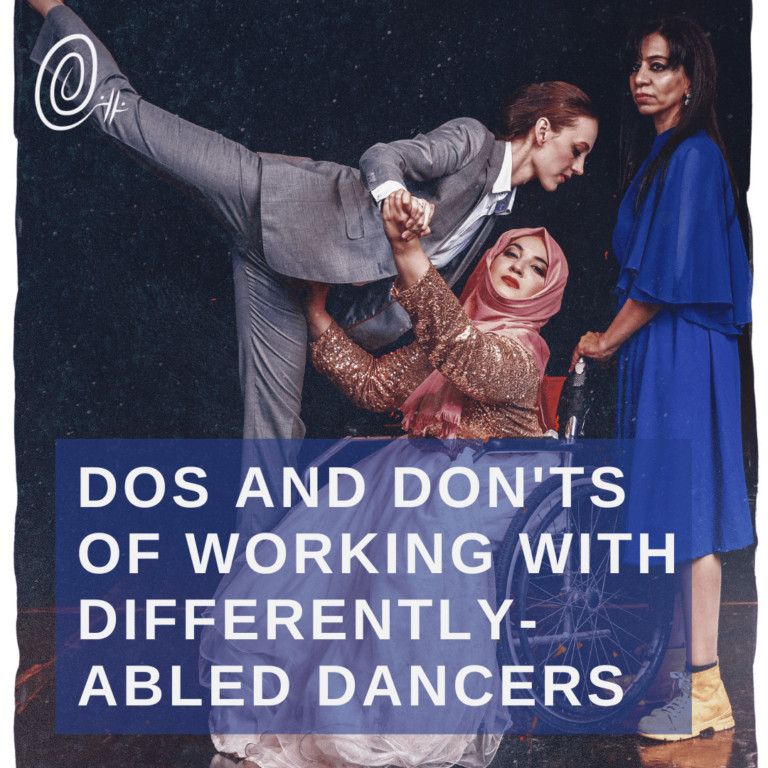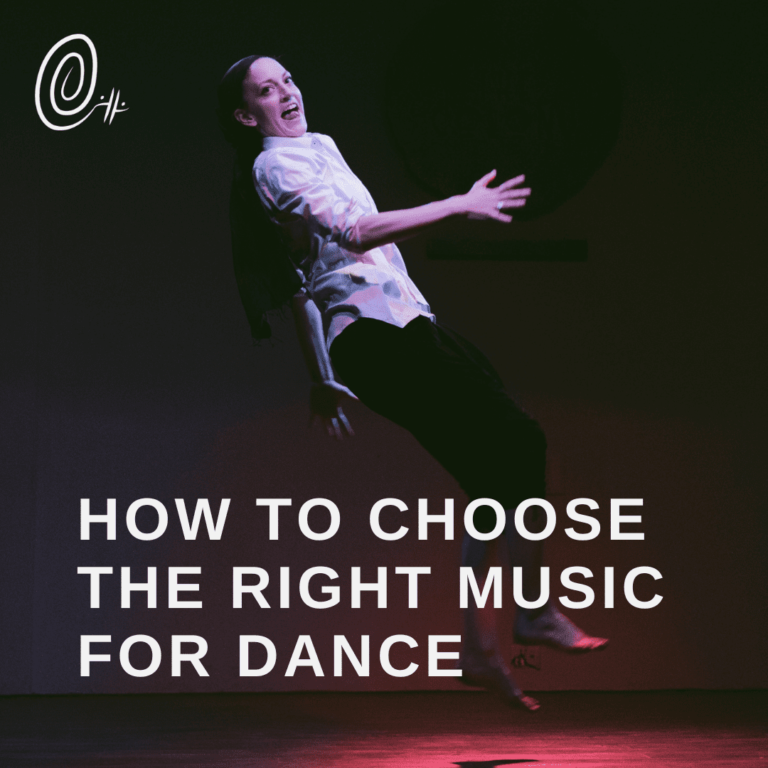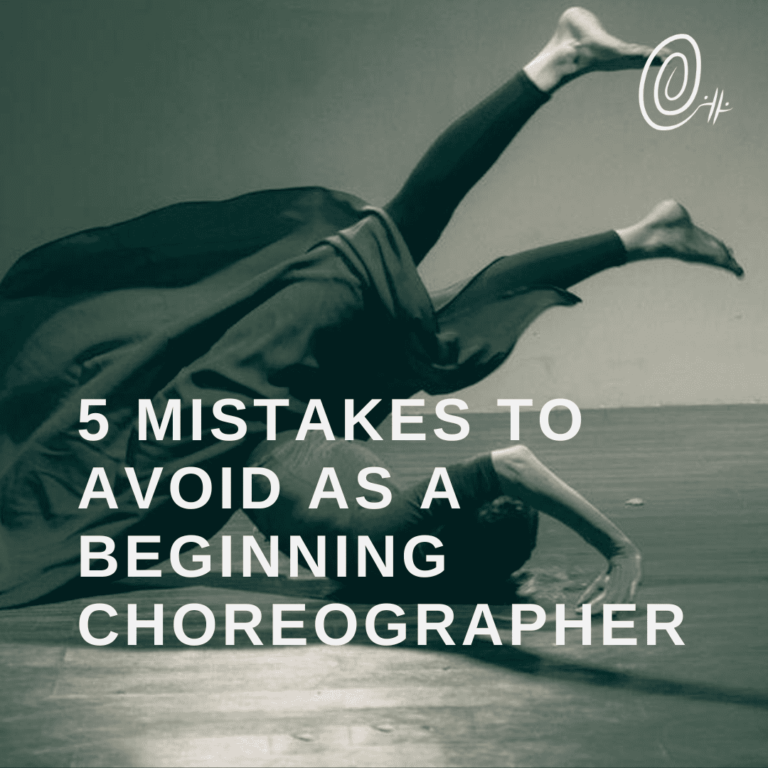How Old is Too Old to Start Dancing?
This is one of the most common questions people ask me: how old is too old to start dancing? Perhaps they think that there is a universal age after which companies will not consider dancers, or that there is a single way of approaching dance training.
So of course, my answer is always, it depends. The first is, what is the goal? What level do you want to achieve? Do you want to work in it? Perform it? Or just learn the basics? The second is, which style? Some styles, particularly the classical ones, are much more rigorous than others.
All of these things greatly affect the dance training track you take and what age is ‘late’ to start. This blog, then, is going to look at the question with the assumption that you want to achieve some sort of professional level, enough to either work or perform in the style. And also I’ll be looking from both the ballet and contemporary styles, as obviously these are my expertise. For other styles, I cannot speak with any authority.
Keep in mind, I won’t give you a hard and fast answer. There probably isn’t one. I can just give you an idea, based on what I know of the styles and training.
Part One: The Professional Ballet Track
Is it true that you have to start ballet as a kid? That’s the most common assumption, and it’s true that most professional ballerinas do start very young.
There are a few reasons for that. One is that ballet careers are very short, so the later one is ready to perform professionally, the shorter time they have for that career. Another is that ballet is very rigorous. It is not a natural way of moving, and so training the body to perform it properly requires a lot of relearning. A child has less to relearn, so it will be easier for them to form their bodies in the ballet way.
(That’s why you see ballerinas walking like ducks, because they have rewired their bodies to be in the ballet mode.)
Because of this rewiring and relearning, along with a short career, if becoming a professional ballerina is your goal, there is an age limit. I would guess that it’s early twenties at the very latest, assuming full time intensive training.
Full time intensive training is necessary in any case in ballet, and the technique is not something that will maintain itself. There’s a reason even professional ballerinas take class every day.
Sounds a bit daunting, I know. But don’t worry, there are other tracks.
Part Two: The Professional Contemporary Dancer Track
How do you become a professional contemporary dancer, anyway? It’s pretty much the same as ballet: you train, you audition, and you perform with a company. There are freelancers and independent artists of course, but they often come from companies to start with.
The first thing to note is that there are a lot of different styles within the contemporary umbrella and some of them require more training than others. Cunningham and Graham, for example, are very technical styles and a good working knowledge of ballet is important. That’s also true of Horton, and even choreographers known for narrative, like Pina Bausch, require their dancers to be well trained in ballet. Limon and skinner releasing technique appear slightly more casual, though they also have their techniques. There are more that I haven’t mentioned.
However, in the more post-modern tradition like Trisha Brown, there is less emphases on virtuosity and technical ability.
This diversity means that there is a wider variety of choices. Although many contemporary styles rely on similar movements as ballet, it is less rigorous and thus less destructive for the body, so you see more older contemporary dancers.
On this track, I would say that if you are looking for one of the big name, big choreographer companies, the limit is similar to ballet if slightly older, as they will probably require a high level of virtuosity. However, there is more leeway, and if you’re looking to develop your own contemporary style as a freelancer or independent artist, I guess mid to late twenties would be the limit.
Part Three: The Movement-Based Artist Track
This track is the most flexible of all, and that’s because it doesn’t necessarily rely on company jobs or matching existing styles and techniques.
Of course, being a movement-based artist doesn’t mean you aren’t technically trained. I recommend anyone who is interested in incorporating movement into their professional practice to take a wide variety of dance classes as well as research, read, and watch as much as possible. This could be physical theater, mime, even performance art.
However, for this I say the only limit is the physical condition of the body. Movement-based artists do not need to be athletes like the other two tracks; they just need to be fit and understand movement.
There are probably other tracks, and again, I’ve only discussed ballet and contemporary here as these are the styles I know about. There are exceptions to every rule, this is just by and large what I’ve noticed.
So, how old is too old to start dancing? Well, every specific case is different, but just keep in mind that the more technical the style or the more mainstream the company you are aiming for, the lower the age limit and the more training you will need.







